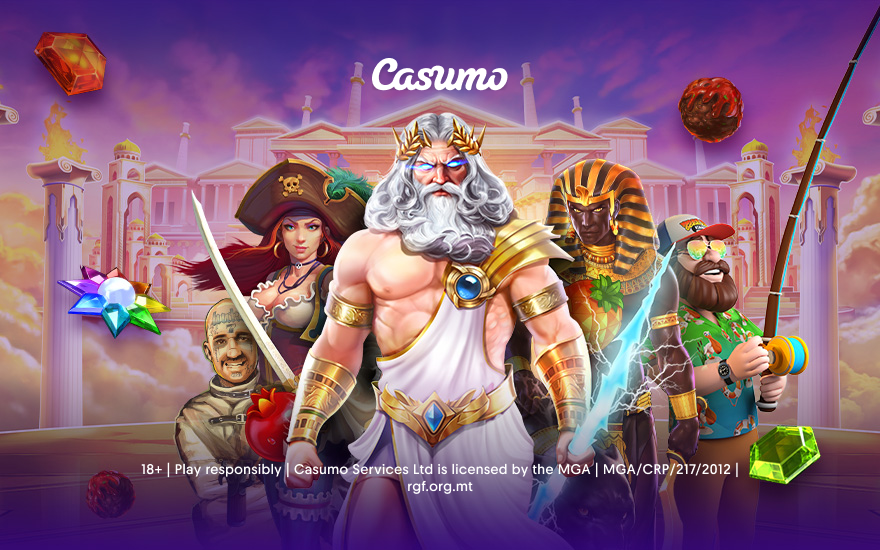Eurasian gaming is a captivating and rapidly evolving sector that reflects the diverse cultural, economic, and technological dynamics of its region. Spanning vast geographies from Eastern Europe to Central Asia, this gaming landscape encompasses a myriad of experiences, genres, and platforms. From traditional board games deeply rooted in history to modern-day competitive eSports leagues, the richness of Eurasian gaming offers insights into the societal values, technological advancements, and consumer behaviors that define the area today. As we delve deeper into this alluring world, we’ll explore various aspects such as game development trends, the global influence of regional gaming cultures, emerging technologies in gaming, and the implications of regulatory frameworks on the industry’s growth.
The Evolution of Gaming in Eurasia
The journey of gaming in Eurasia is marked by its historical roots and the influences that have shaped it over time. It is essential to understand how these elements intertwine to create the OKVIP current gaming landscape.
Historical Context
Historically, gaming in Eurasia can be traced back to ancient societies where games were integral to social interactions and cultural identity. Board games like Chess, which originated in India and gained popularity across Persia and into Europe, exemplify this rich tradition.
In many countries, including Russia and Central Asian nations, games such as Backgammon and Guli (a traditional ball game) served not only as entertainment but also as a means of fostering community ties and enhancing cognitive skills. These games were often played during festivals or gatherings, thus acting as a reflection of communal life and shared traditions.
Moreover, the impact of globalization began to change the gaming scene dramatically in the late 20th century. With the advent of personal computers, console games, and eventually mobile gaming, recreational activities transformed from physical spaces to digital realms. The rise of the internet has facilitated cross-cultural exchanges where players from different backgrounds engage with one another, adapting and incorporating elements from various cultures into their gaming experiences.
Modern Gaming Platforms
As we moved into the 21st century, the diversification of gaming platforms has created new opportunities for developers and gamers alike. Mobile gaming has emerged as a dominant force due to the widespread use of smartphones across Eurasia. Countries like China and South Korea have pioneered the mobile gaming sector, leading to an influx of innovative titles that appeal to casual and hardcore gamers.
The competitive gaming scene, particularly eSports, has gained tremendous momentum. Nations such as Kazakhstan and Russia host significant tournaments that attract international attention, showcasing local talent and promoting national pride. Streaming platforms like Twitch and YouTube have further amplified this phenomenon, allowing players to build careers around their passion for gaming, influencing younger generations in the process.
Impact of Social Media and Online Communities
Social media has become a vital aspect of the gaming world, shaping perceptions and encouraging collaboration among players. In Eurasia, public forums and online community projects foster connections, discussions, and fan-driven content creation. This environment not only enhances the gaming experience but also provides valuable feedback for developers.
Online communities have shifted the power dynamic significantly. Previously, developers dictated the terms of engagement; however, now, player input plays an essential role in shaping game design and updates. This collaborative effort has led to the emergence of niche genres and indie games, which have found substantial support from grassroots movements and crowdfunding initiatives.
The interplay between historical context, modern platforms, and social media has profoundly impacted the evolution of gaming in Eurasia. We are witnessing a unique convergence of tradition and innovation, paving the way for what the future holds.
